

BURNOUT. The reason you drag your feet when leaving for work.
The reason your once patient coworker has grown irritable. The reason you’ve lost interest in work that was once exciting and fulfilling. But what exactly is it? Tina Maschi, Ph.D., LCSW, ACSW helps provide the inside scoop.
How about we start with a good ole definition? The World Health Organization defines burnout as a “syndrome conceptualized as resulting from chronic workplace stress that has not been successfully managed.” Maschi says that people can identify work-related burnout when they begin to experience a loss of meaning in one’s work. She says some chronic stress-related symptoms are exhaustion, sluggishness, detachment from others, reduced performance, and pessimism. And in the current state of the world, this topic has grown more important than ever—especially in the hospitality industry. So, what can we do? Check out these top five ways to fight burnout:

BURNOUT
Engage in Self Care
Maschi says “to engage in self-care practices that nurture your holistic well-being; your physical, cognitive, emotional, social, spiritual, cultural self.” Now, I realize that self-care has become a term that deserves an eye-roll, but it does not always have to be bubble baths and candlelight. Self-care can be drinking an extra glass of water, getting organized, working to end a bad habit, having a dance party, volunteering, sitting quietly, the list goes on. All in all, self-care is not a “quick fix” anxiety reducer but an ongoing, rewarding practice that takes focus and dedication.
Construct a Healthy Work Environment
“People’s initial choice should be to choose a healthy work environment that practices what they preach about staff wellness. If this isn’t a priority in your [establishment], request it as a workplace objective. Or consider organizing with your peers to make wellness a unified goal,” Maschi says. Advocating for yourself and your workplace needs is essential.
Create Boundaries
Setting boundaries at work can help individuals avoid overworking. Maschi says to “seek work-life balance, making time to nurture your close relationships and to do things you love.” Remind yourself that it is okay to say “no” when you are feeling overwhelmed. Additionally, consider what drew you to hospitality in the first place. Identifying your interests and goals can reinvigorate your workplace joy.

Tina Maschit
Seek Assistance
“A person experiencing burnout can talk to support staff about getting assistance, or if that is not an option, seek help outside of the workplace,” Maschi says. Free mental health organizations you can reach out to are SAMHSA, NAMI, or community health centers.
Accentuate the Positive
For this, she quotes Victor Frankl, a Holocaust survivor: “Between stimulus and response, there is a space. In that space lies our freedom and our power to choose our response. In our response lies our power, growth, and our happiness.” Maschi suggests, “in addition to recognizing a current difficulty or struggle, find the experience’s positives, so it lightens the emotional charge. Notate any negative thoughts you have. Then, craft positive thoughts or alternative ways of looking at the situation.”
In closing, Maschi shares a final drop of wisdom: “perhaps remember to accept that life is a mixed drink. There will always be some degree of adversity juxtaposed with beauty. It is the mixed drink of life that is the grist for the mill, the cherry on top, that makes the bitter taste sweet. Try [something] that makes you happy and your heart sing! If all else fails, be like a cooler and just chill out!”
Tina Maschi Bio: Tina Maschi, PhD, LCSW, ACSW, often referred to as the common person’s philosopher. Dr. Maschi strives to share directly with the academic and public sectors new thought, scientific research, and even creative work that integrate that arts, science, and spiritual expressions. Her research and teaching is recognized for inspiring new ideas and ways of looking at and responding to the most pressing issues of our times. She is a writer/author, scholar, researcher/scientist, practitioner, teacher, artist/musician and global citizen who cares deeply about humanity, all living beings, and our universal environment. Currently, she is a full professor, scholar, and educator at Fordham University Graduate School of Social Service in New York City. She teaches social work research and practice to the next generation of social work change agents at the Bachelor’s, Master’s and Doctoral level. She has over 150 peer review publications and five books including her 2020 book: Aging Behind Prison Walls: Studies of Trauma and Resilience.
Dr. Maschi also is a licensed clinical social worker with over 30 years of practice experience working with diverse age groups, populations, and settings. She has extensive practice experience helping individuals, families, and communities to address trauma, stress, coping resilience (cognitive, emotional, social, physical, spiritual), aging and life course developmental stages. In her evidence informed practice model, she incorporates multiple modalities that include, cognitive, emotional, solution focused interventions as well as the use of expressive arts, science, and spirituality. She also is a professional educator and trainer that includes in the areas of trauma, stress, and coping and the integration of the arts, science, and spirituality, in our daily lives and work. For more information, please feel free to contact her at: DrTinaMaschi@gmail.com or TMaschi59@gmail.com.
Megan Marshall Bio: Megan bartends in New York City at Ama Raw Bar in the East Village. She is the winner of Old Forester’s NYC Battle of the Boroughs 2020, a Week One Semi-finalist in Chilled Magazine’s Toast to the Service Industry, runner up in ShakeStir’s Rossville Union Rye Cocktail Competition, a BarSmarts graduate, a USBG member, and current student at Fordham University’s Graduate School of Social Service.
The post BURNOUT appeared first on Chilled Magazine.
Source: Mixology News




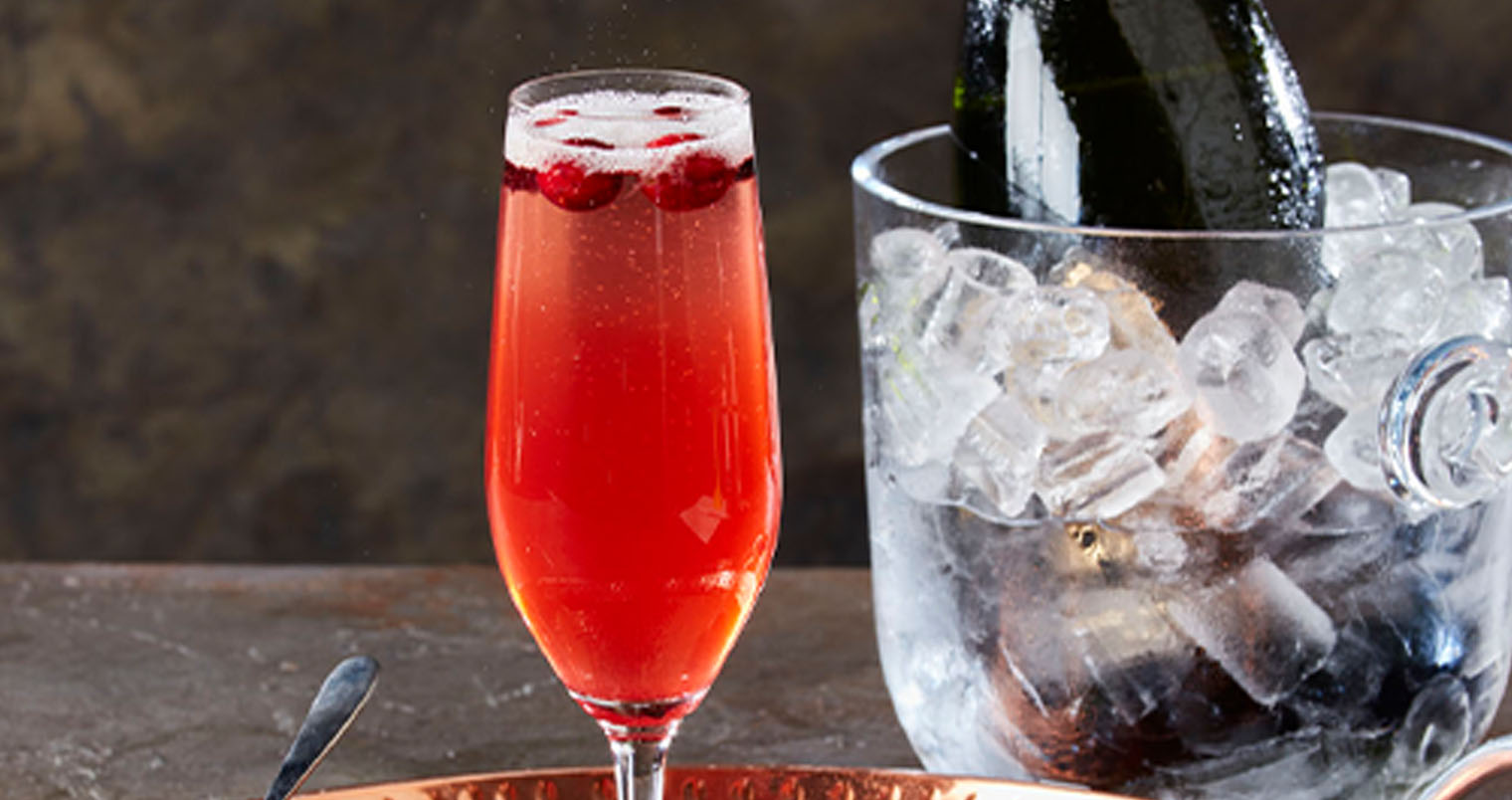


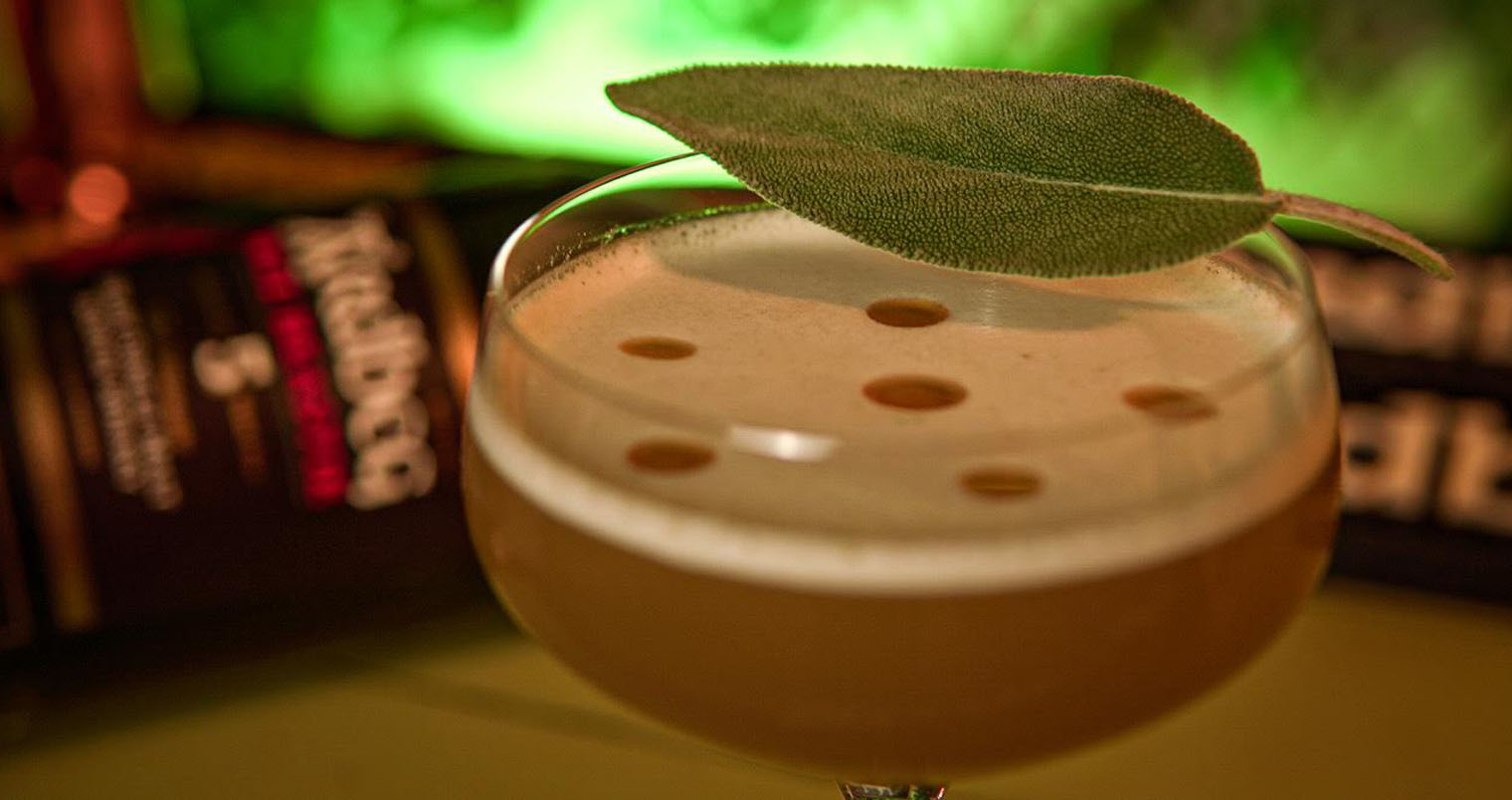




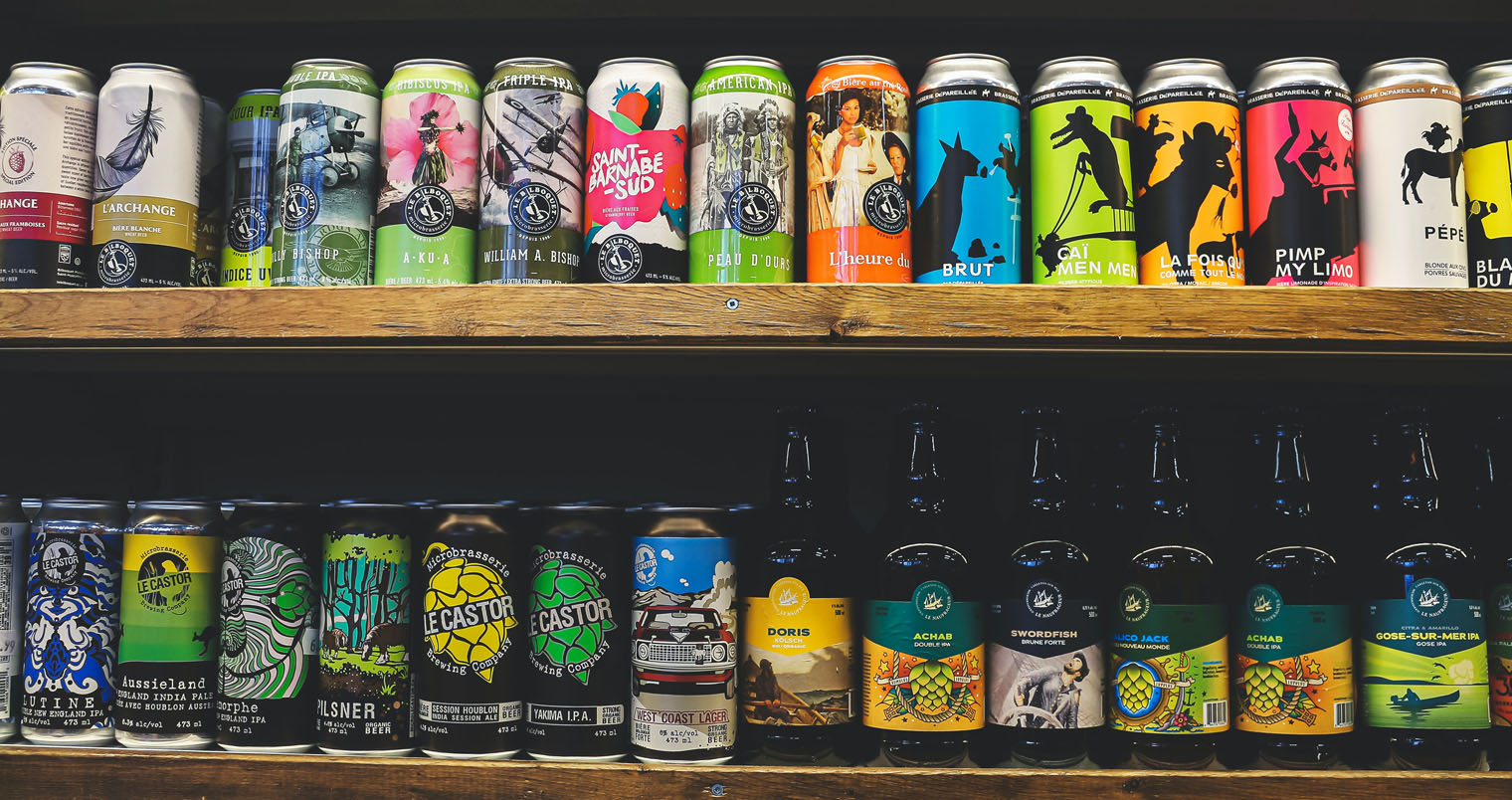



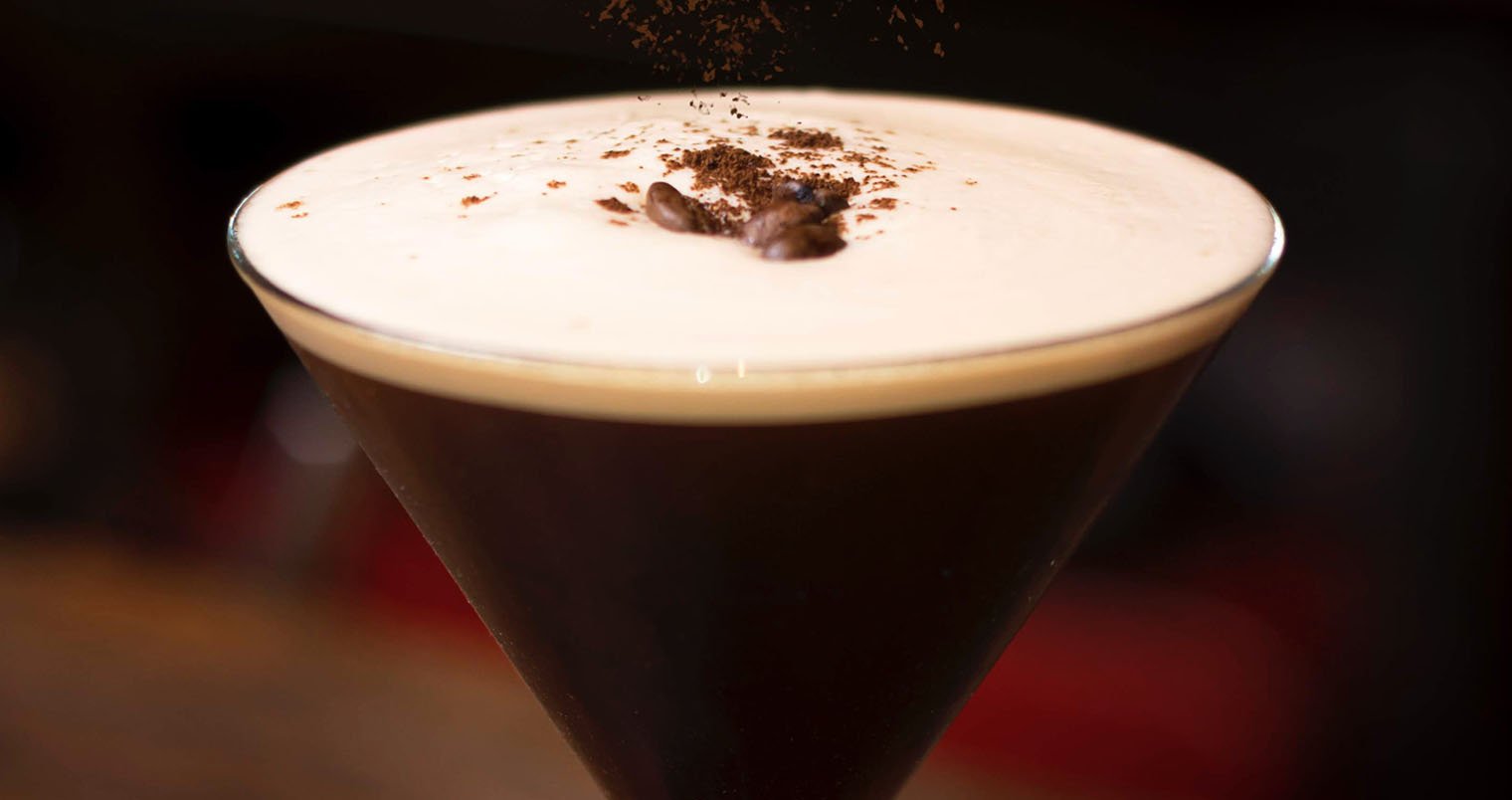


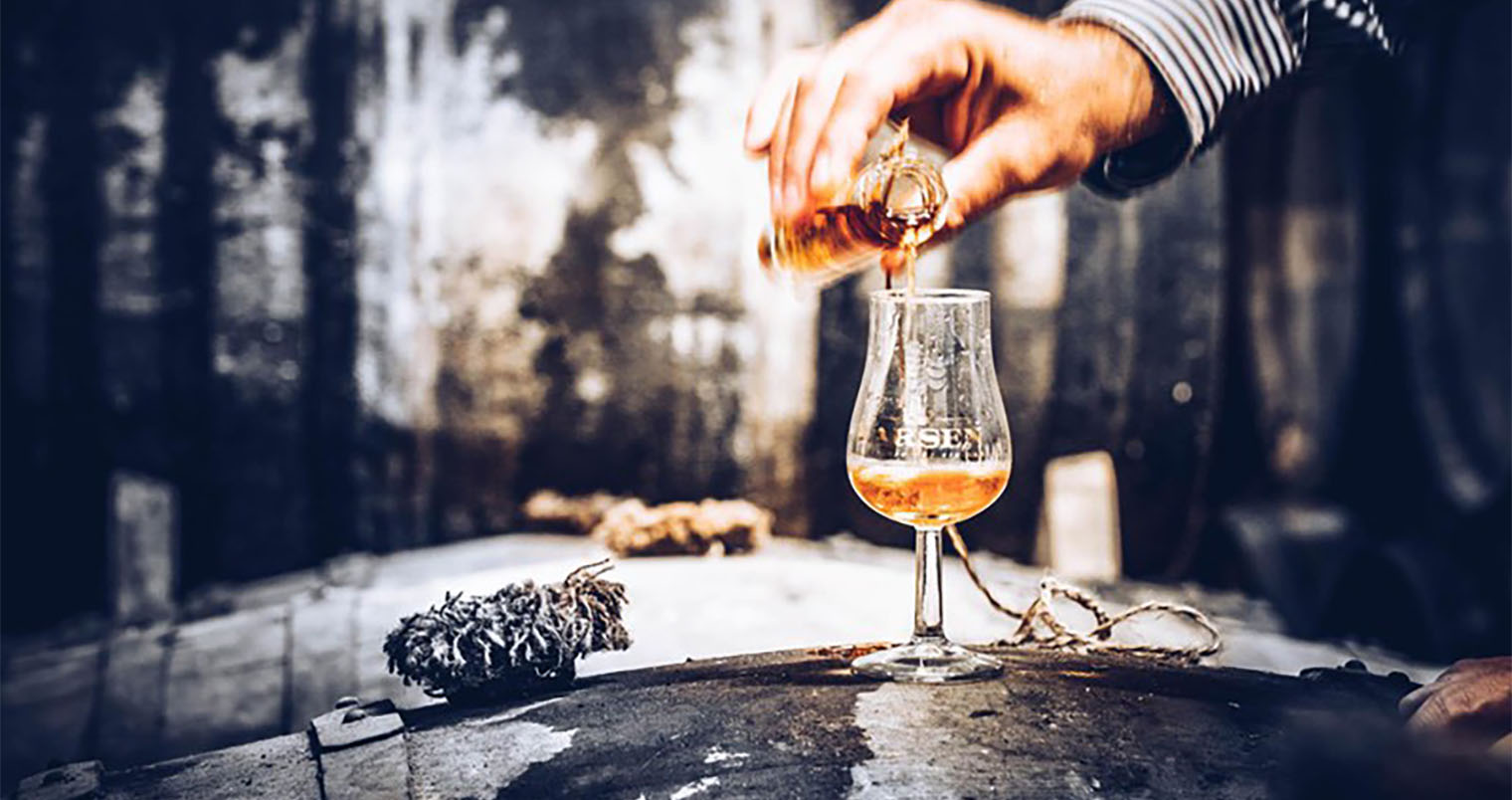





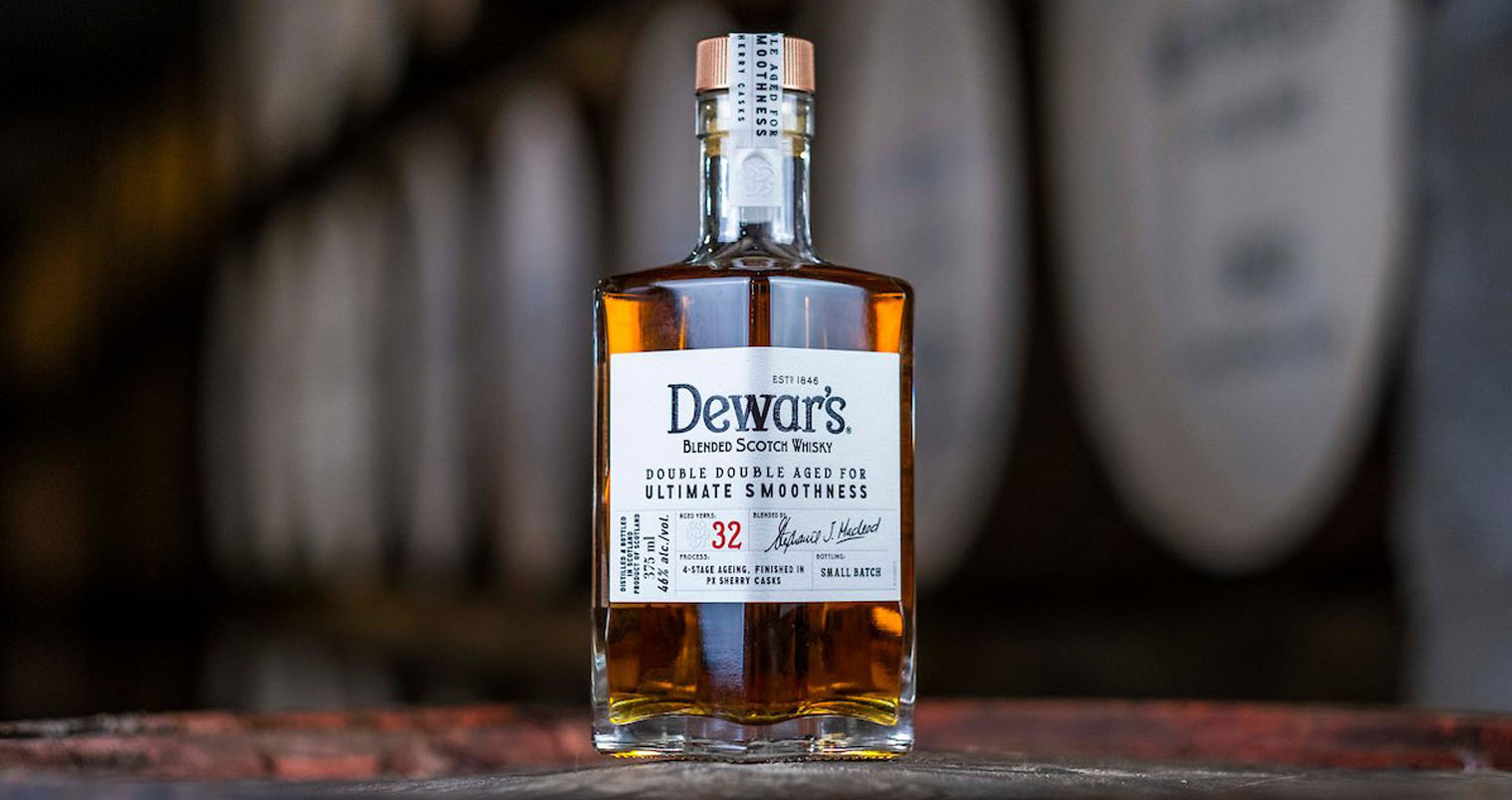










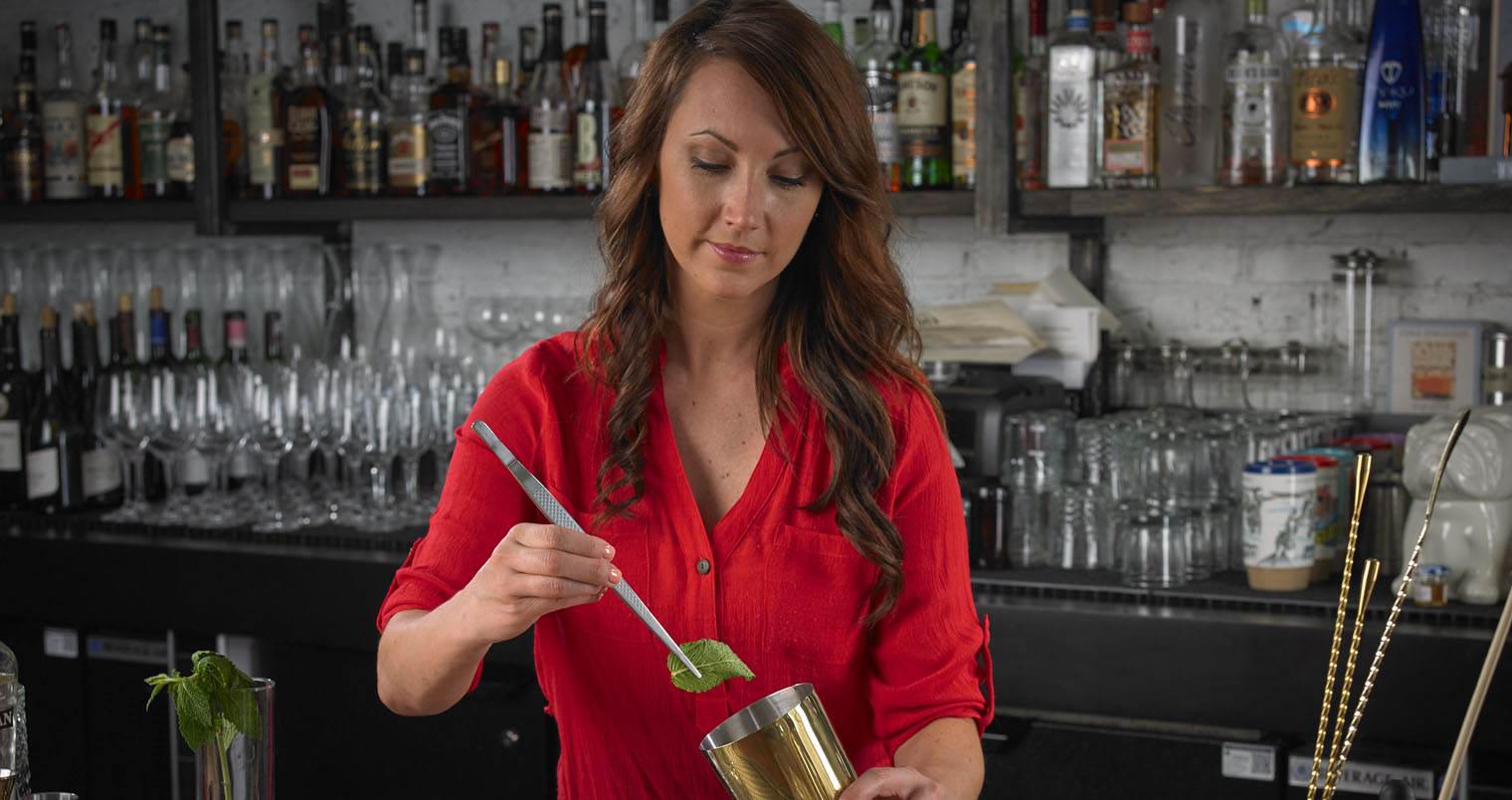



Recent Comments